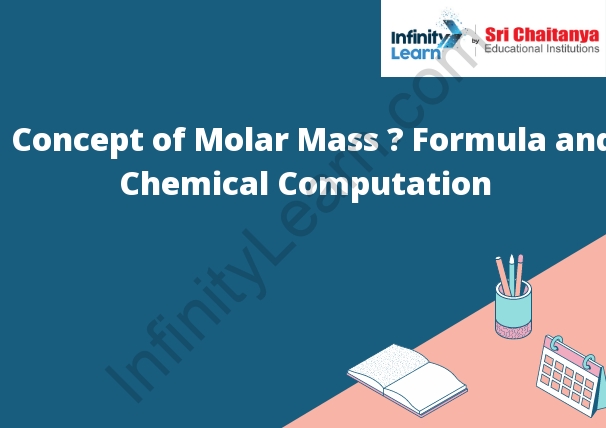Table of Contents
Molar Mass ;
The molar mass of a substance is the mass of one mole of that substance. It is expressed in grams per mole (g/mol). The molar mass of a substance can be determined experimentally by measuring the mass of a sample of the substance and then dividing by the number of moles of the substance.

What is Molar Mass?
The molar mass of a substance is the mass of one mole of that substance. It is expressed in grams per mole (g/mol). To calculate the molar mass of a substance, you need to know the mass of one mole of that substance and its atomic or molecular weight.
Formula of Mole
The mole is a unit of measurement used to measure the amount of a substance in a given sample. The mole is based on the number of atoms in 12 grams of carbon-12. One mole of any substance is equal to the number of atoms in 12 grams of carbon-12.
Chemical Computation with Mole and Avogadro’s Number
Chemical computation with mole and Avogadro’s number is used to calculate the number of particles in a sample. The mole is a unit of measurement that is used to count atoms or molecules in a sample. Avogadro’s number is the number of particles in a mole. The calculation is done by multiplying the number of moles by Avogadro’s number.
Steps to Find Molar Mass for Compounds
To find the molar mass of a compound, you will need to know the atomic masses of all of the atoms in the compound and the subscripts of each atom. Once you have these values, you can use a mathematical formula to calculate the molar mass.
The molar mass of a compound is the sum of the atomic masses of all of the atoms in the compound multiplied by their subscripts.
For example, the molar mass of water is 18.015 g/mol. This is calculated by adding the atomic masses of oxygen (16.00 g/mol) and hydrogen (1.00 g/mol) and multiplying by their subscripts (2 and 1, respectively).






